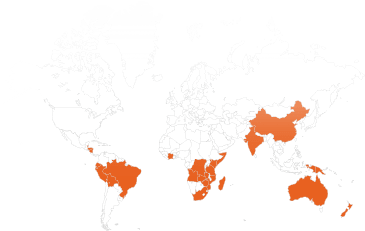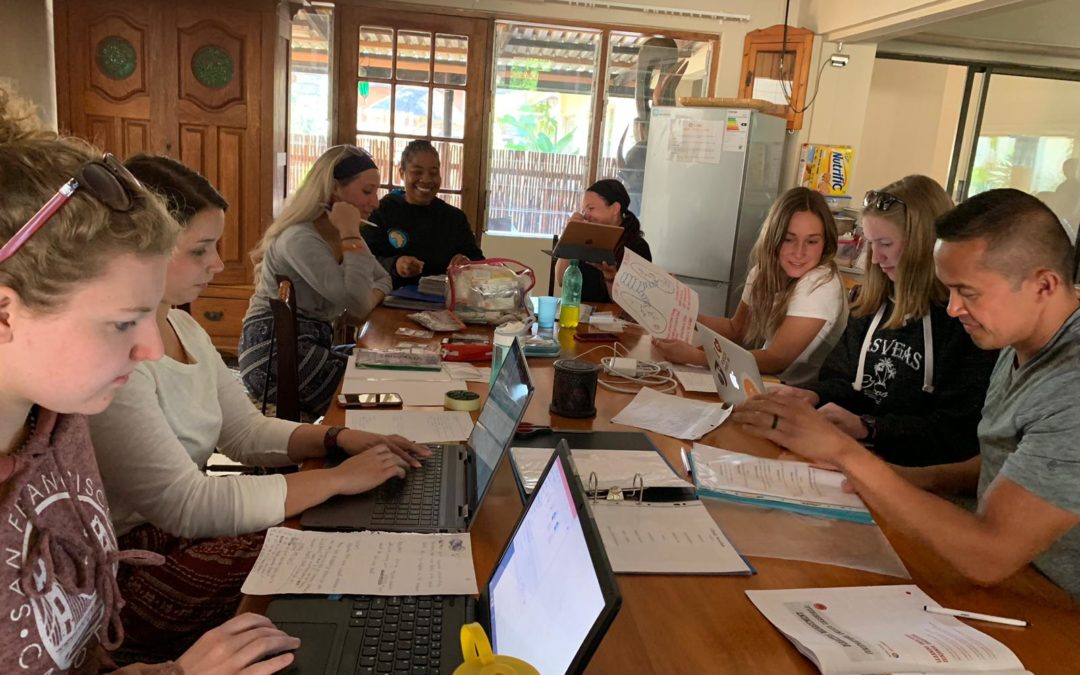Virtual volunteering, also known as remote volunteering or online volunteering, is when a person contributes their time and services from afar to help an organization or initiative meet an identified need. Since the virtual volunteer doesn’t need to be physically at the site, the project can be completed from the comfort of home while benefiting people on the other side of the world!
How Can I Volunteer Virtually?
At Kaya, we get asked a lot “How Can I Volunteer Virtually?”, but for us, the most important question is “How Can I Responsibly Volunteer Virtually?”
To be responsible, we believe that providers of remote experiences abroad like ourselves should aim to facilitate cultural engagement and provide proper support and guidance for participants, all while ensuring the needs of the community are met and the local people are fairly compensated for their time and resources that might be required to train and support the virtual volunteer.
Virtual volunteers should do their best to embark upon projects with eyes open, knowledge of their roles, limitations, and the risks involved in volunteering irresponsibly. It is critical for volunteers to understand that the locals are the experts and that as volunteers they are there to listen, learn, and contribute to the great work locals are already pushing forward in their own communities. The goal should be to remain open and engaged in a true cross-cultural exchange and reciprocity, even from afar.
Considerations for Virtual Volunteering
When thinking about virtual volunteering, one important consideration is time. Short-term, one-off volunteering, whether onsite or remote, may benefit volunteers more than host communities (although volunteers lose out, too). Remember, it takes time and effort to host volunteers. When volunteering takes place online, host organizations may spend time and energy on orientation, training, preparing resources and communications, and arranging check-ins. It is more sustainable for local communities to host volunteers for a longer period of time, so the resources they invested have enough time to bear fruit.
From the volunteer’s perspective, a short-term commitment equates to less investment and also less gain. Without time to learn about the culture and develop questions, or foster real relationships deep enough to provide insight, the experience loses some of its value. Remember, at its best, volunteering abroad is a reciprocal cross-cultural exchange, one in which both parties learn and gain. Short-term volunteers may not even know what they’re missing. In fact, lack of time is fertile ground for misunderstanding. Some good things just take time.
In addition to considering your time commitment as a virtual volunteer, search for experiences that provide built-in cultural components and solid support and guidance from afar. It is also important to vet potential organizations to make sure they always prioritize local needs, work to match the right volunteers to the right projects, and place volunteers where there is genuine need. A responsible approach costs time, energy, and resources, so this may mean paying for an experience, even a remote one (see Why Pay for a Remote Intership?). Still, we believe these types of ventures are worth every penny and more.

Ready to Engage Virtually?
Here at Kaya Responsible Travel, responsibility is the name of our game, and with that approach, we have developed a line of Remote Internships combining 6-8 weeks of virtual volunteering with engaging cultural programming to immerse yourself in the host country from anywhere in the world. Check out our full range of Online Programs that meet and exceed our own criteria for responsibility. We urge anyone interested in virtual volunteering to consider a responsible approach.
To start planning your virtual adventure, connect with one of our advisors using the chat now button, or feel free to request a brochure using the button opposite.


Recent comments